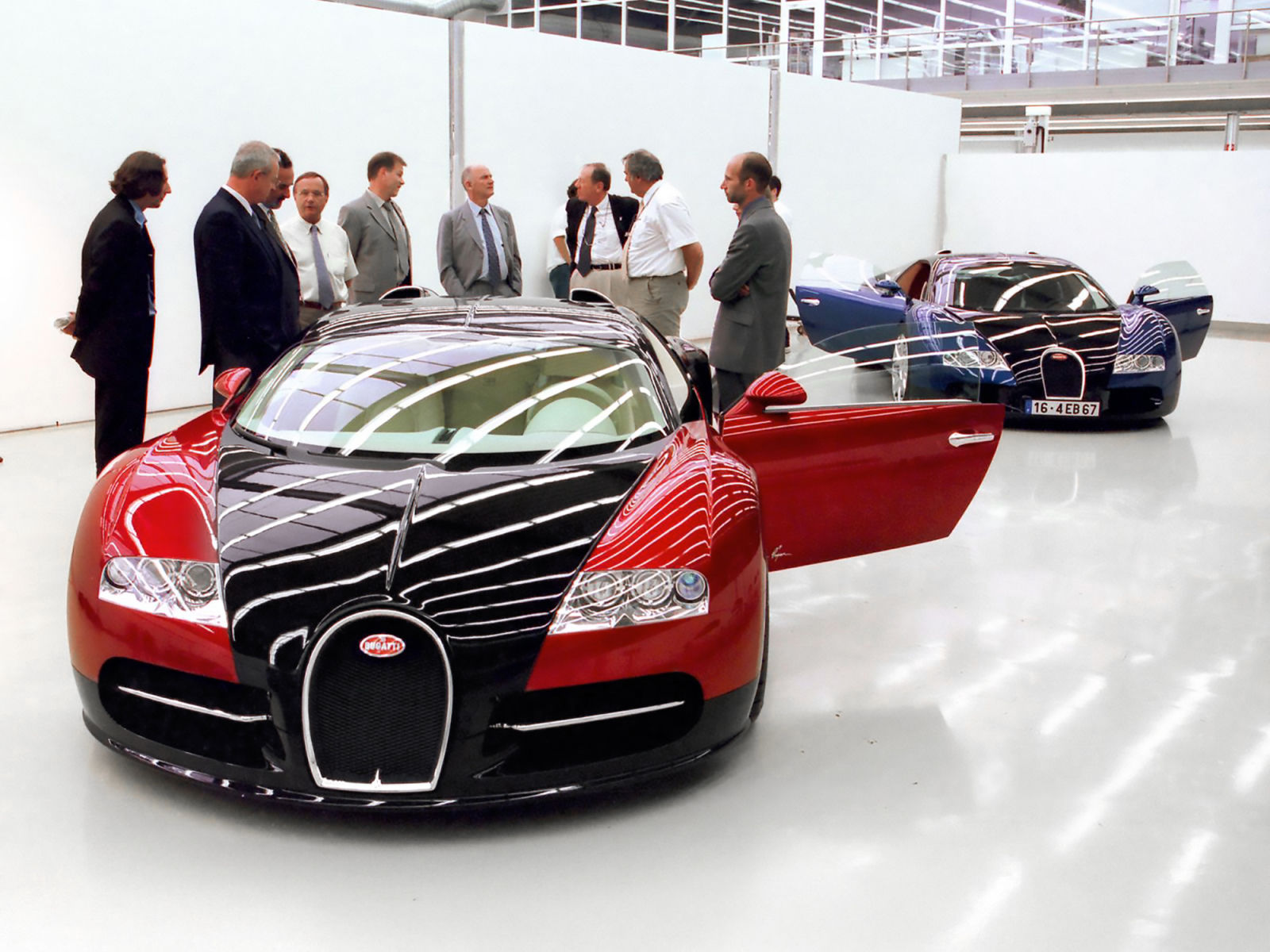At the dawn of the 21st century, automotive engineering stood at a crossroads. But few could have imagined that one man’s vision would redefine the very concept of performance, speed, and luxury.
Prof. Dr. Ferdinand Karl Piëch, born April 17, 1937, in Vienna, was no ordinary engineer. He was a force of nature—ambitious, brilliant, and uncompromising. As Chairman of the Volkswagen Group, Piëch became the driving force behind one of the boldest projects in automotive history: the Bugatti Veyron 16.4.
🔧 A Legacy Forged in Engineering Brilliance
Fascinated by technology from a young age, Piëch began his career at Porsche, where he helped shape the legendary Porsche 917. Later, as head of Audi, he introduced groundbreaking innovations: the five-cylinder engine, quattro all-wheel drive, and TDI diesel tech.
By 1993, as CEO of Volkswagen AG, he had already left an indelible mark on the auto industry. But his most daring move was still to come.
🚄 From a Train Ride to a W16 Dream
In 1997, on a Shinkansen train in Japan, Piëch sketched a radical idea on the back of an envelope—an 18-cylinder engine. This was the spark that would ignite the creation of the Bugatti W16.
Determined to realize his vision, Piëch acquired the Bugatti brand in May 1998. Soon after, designer Giorgetto Giugiaro presented the EB 118 concept—Bugatti’s first step toward the Veyron.
🛠️ Concepts That Paved the Way
- 1998 – EB 118: A stunning coupé with an 18-cylinder engine.
- 1999 – EB 218: A luxury saloon that expanded the concept’s potential.
- 1999 – EB 18/3 Chiron: A sleek supercar prototype.
- 1999 – EB 18/4 Veyron: The design that would ultimately inspire the production Veyron.
Unlike its predecessors, the Veyron concept was shaped by Jozef Kabaň, under the guidance of Hartmut Warkuß.
🚀 The Vision: 1,001 PS and Beyond
In 2000, Piëch declared that Bugatti would build a production car with 1,001 PS, capable of exceeding 400 km/h—but still refined enough for a night at the opera.
This was no marketing gimmick. It was a challenge to the entire industry—and to his own engineers.
🌐 The Unveiling of a Hypercar Icon
In 2005, the Bugatti Veyron 16.4 became a reality:
- 1,001 PS
- Top speed: 407 km/h
- 0–100 km/h in 2.5 seconds
It was not just the fastest production car—it was a statement of technological dominance, luxury, and vision.
🔥 A Legacy That Lives On
Two decades later, the Vey
Honoring a Visionary
— Christophe Piochon, President of Bugatti
“Prof. Dr. Ferdinand Karl Piëch was a visionary who refused to accept limitations. His ambition was not just to create a fast, high-performance vehicle, but to redefine what was possible in automotive engineering. The Bugatti Veyron was his ultimate statement – a car that set entirely new benchmarks for speed, power, and luxury. On what would have been his birthday, we honor the legacy he left behind. Two decades later, the Veyron’s legacy remains incomparable, inspiring every Bugatti innovation that followed and cementing its place as one of the most significant automotive achievements in history.”






It’s really a great and useful piece of info. I am glad that you shared this helpful info with us. Please keep us up to date like this. Thanks for sharing.
Great line up. We will be linking to this great article on our site. Keep up the good writing.
Your writing has a timeless patience. Ideas emerge with deliberate care, allowing comprehension, reflection, and emotional resonance to develop naturally.